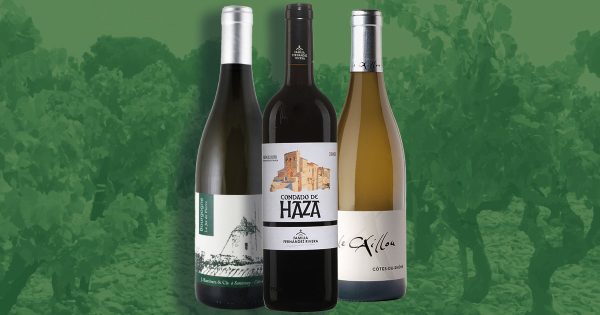San Sebastián in 4 steps
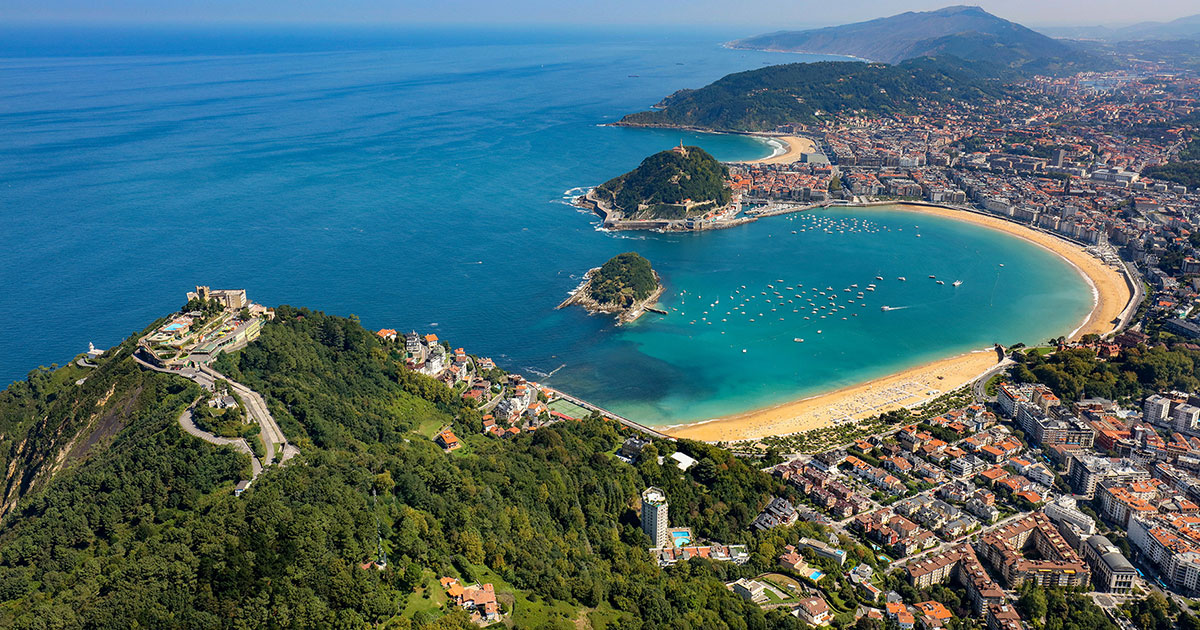
For the past few years, I have been lucky enough to spend half of my time in my favourite region of Spain, Donostia-San Sebastián. Family and work brought me to the Spanish Basque Country, only a 5-hour train ride from Paris and Madrid. Donostia is the Basque name and it is customary to call the city this way in both languages. It is a beautiful region at the intersection of the Pyrenees and the Cantabrian Sea. Today, I wanted to introduce you to four aspects
of the region: gastronomy, culture, sea and mountains.
The gastronomy of San Sébastián
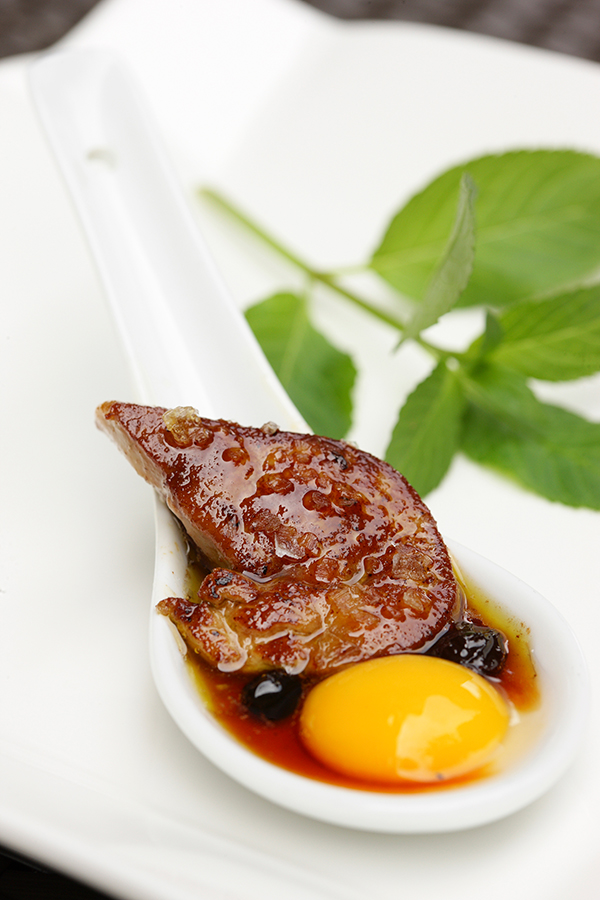
A foie gras Pintxo
Photo: Donostia San Sebastian Turismoa
Let’s begin this journey by diving into the depth of our plates. First of all, you should know that this region has one of the highest number of Michelin-starred restaurants per capita. Innovation and culinary research are major economic drivers in the region, where the Faculty of Gastronomic Sciences brings in professionals from all over the world looking to improve their knowledge. In fact, the institution is expanding with the addition of a new pavilion in the centre of the city, resulting from an international architectural competition won by BIG (Bjarke Ingels Group).
Foodie? This probably made you hungry. There are two types of experiences you can find. Firstly, there is urban experience. You must try the pintxos (pinchos in Castilian). They are between the size of tapas and small meals. They express the same care, style and refinement as your favourite pastries, but they are all savory. For example, I recently had the éclair, which was the same size as a standard chocolate éclair, but filled with onion, Idiazabal cheese and truffle mayonnaise. A real delight! Foie gras pintxos are also a local classic that you must try.
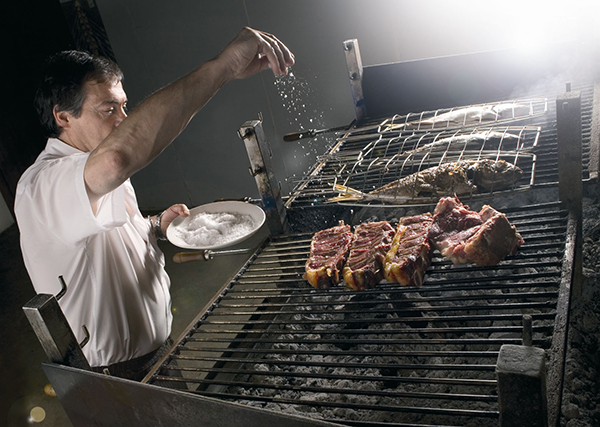
The txuleta cooking
Photo: Donostia San Sebastian Turismoa
The second culinary experience is more gastronomic. You can choose your favourite cooking style, such as fusion, molecular, or traditional cuisine that highlights the best products of the country side. For example, try a braised rib steak, txuleta (a Basque-style “Tomahawk”), an octopus cooked over charcoal or a fresh sea bream. It is presented to you before cooking, paid by weight, grilled in the parrilla and served with a Morado garlic-infused oil.
In opposition to the first experience, these establishments are often located outside the city and the decor ranges from ultramodern to traditional, refined, or very rustic. Sometimes, you may even find yourself on the second floor of one of the huge old family houses typical of this mountain region. It goes without saying that the Basque coast is a true paradise for cold-water fish and shellfish, and that cooking with charcoal takes our Atlantic catches to the maximum level of flavour.
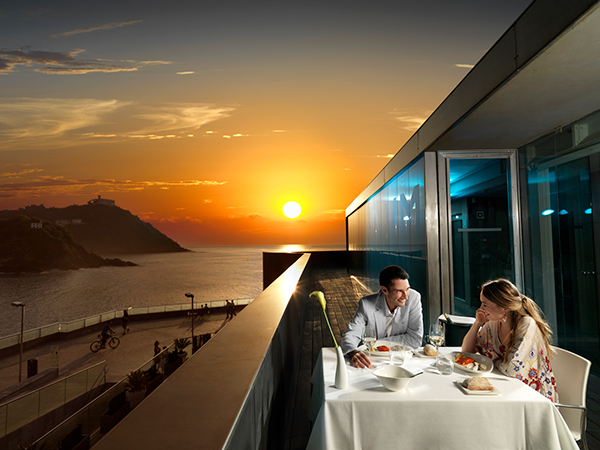
Dinner at sunset
Photo: Donostia San Sebastian Turismoa
Expect many, many dishes. Unlike on our side of the Atlantic, menus over there include an appetizer and two main courses. The first is plant-based, and the second is meat-based. Vegetables are really important there, from the lettuce that grows in the restaurant’s own garden to the vegetables that arrive from the south of the Pyrenees in the Navarra region. This reminds me of a dish of fresh artichokes that are fried and served with aioli: a delight.
Of course, it should be paired with a drink. Besides the delicious Spanish beers, you have to try the Txakoli, a very fine and mineral pearly white wine. Cider also holds an important place in the cuisine of Donostia. If you’re interested in the more classic red wines, you are also 1 hour away from the exceptional Rioja region.
Where to eat
For the Pintxos, you can simply visit one bar after another. A pintxo and a pint. You will have eaten the equivalent of a full meal after 4 or 5 places.
La cuchara de San Telmo Abuztuaren
31 Kalea, 28
20003 Donostia-San Sebastián
Guipuscoa, Spain
Gandarias Abuztuaren
31 Kalea, 24
20003 Donostia-San Sebastián
Guipuscoa, Spain
High-end Restaurant
Restaurant Arotxa
Santa Catalina, 34
31792 Bertizarana
Navarra, Spain
Restaurant Akelarre
Aita Orkolaga Pasealekua, 56
20008 Donostia-San Sebastián
Guipuscoa, Spain
Where to stay in San Sebastián
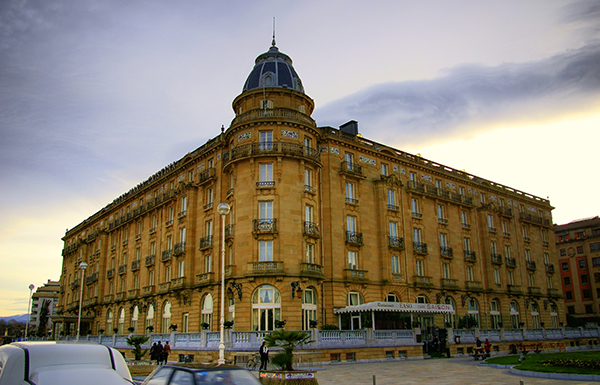
Hotel Maria Christina
Photo: Donostia San Sebastian Turismoa
It would be impossible to overlook the Maria Christina, one of the most prestigious hotels in the area. Every year, this historical monument welcomes distinguished guests to the San Sebastian International Film Festival.
Another interesting experience is the possibility of renting a variety of huge Basque villas and inns, either in rooms or in their entirety.
The views there are stunning.
Hotel Maria Christina
Argentinako Errepublikaren Kalea, 4
20004 Donostia-San Sebastián
Guipuscoa, Espagne
The Culture

The San Sebastián International Film Festival
Photo: Donostia San Sebastian Turismoa
This is the epicentre of Basque culture. The historical side is important along with the gastronomy I mentioned earlier: the architecture (editor’s note: Mr. Pellerin has a background in architecture), from the old town and its fishing village style to the centre buildings that closely resemble Paris and the Belle Époque style. Fashion is also very prominent in this area. There’s plenty of high fashion chic mixed with the comfort and relaxed style of the surfers and outdoor enthusiasts who roam the city.
You wouldn’t want to miss the film festival that takes place there: the San Sebastian International Film Festival. Imagine Cannes, but smaller and more discreet. This is a festival on a human scale.
- Tamborrada, the San Sebastian drum festival on January 20
- San Sebastián International Film Festival in September
- San Sebastián Jazz Festival in July
- Grand Week (Semana Grande) festivities in August
The sea and its influence on the climate of San Sebastián
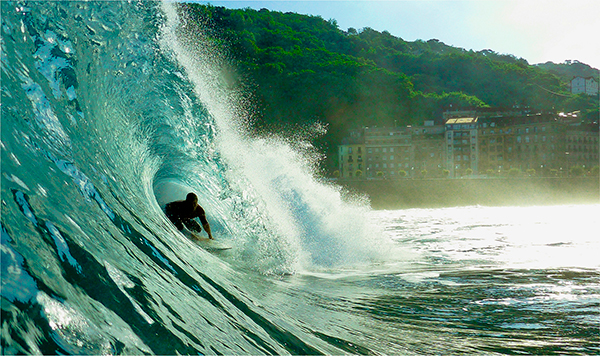
A surfer in the Cantabrian Sea
Photo: Donostia San Sebastian Turismoa
Due to its coastal location, you can expect a climate that resembles San Francisco, California. Keep in mind that this city is not your typical sunny Mediterranean Spain, but rather an Atlantic city, with colder water and huge waves, which is why surfing culture is so popular. This makes it the best place to start! In this seaside city, winter is cool and wet, so I recommend tweed and raincoat at all times. Forget the tan and sun cream before May!
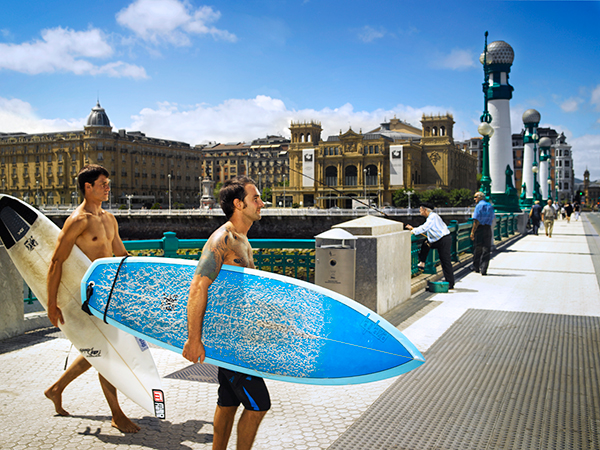
Surfers in downtown San Sebastián
Photo: Donostia San Sebastian Turismoa
If you feel like lounging, San Sebastián features three beaches that lead directly into the city. On the subject of water, the city is also one where it rains a lot, so it’s probably the place where you’ll find the most raincoats, umbrellas and rain boots from the best brands, all in bright and stylish colours.
Sailing enthusiasts, brace yourselves if you intend to face the currents of the Cantabrian Sea. It’s quite sporty.
San Sebastián, the green side of Spain
The Basque coast is miles away from the Spanish Costa Del Sol: it is described in the region as “España Verde.” It features huge trees and impressive mountains (it is the first milestone on the way to Santiago de Compostela), perfect for hiking. Keep in mind the Basque Coast Geopark near Zumaia if you’re looking for a hybrid of sea and mountain; that’s where some mythical scenes of the series Game of Thrones were filmed.
The nature there is green, featuring valleys, small fields, forests and large rocks. During your hike, be sure to stop at a small village bar for a simple pintxo and a delicious cafe con leche. It is customary and, frankly, very pleasant.
Other attractions to consider during your visit:
- Geopark, Zumaia
- Mount Ulia, walking distance from the centre
- Walking along the coast between Zarautz and Getaria
- Roncevaux Pass (Roncesvalles). Follow the route of the Way of St. James
- The north of Navarra, a 30-minute drive away, offers dozens
of hiking routes.
How to get around San Sebastián
Plane
San Sebastián has 3 airports within a radius of just over 100 km, 2 of which are international. The nearest airport to the city is 20 kilometres from the centre, with connections to the main Spanish cities: Madrid and Barcelona. Bilbao airport, which flies to all of Europe, is 105 km away, and Biarritz airport, where French and international companies operate, is 47 km away.
Bus
From Madrid airport (Barajas Terminal 4), there are direct buses to San Sebastián (duration: 5h30). In addition, the new bus station in San Sebastián connects the city to other Spanish cities and parts of Europe.
Car
If you are already in Europe, driving to San Sebastián is very simple. The city is connected to the rest of the state and to France by the N-1 (Madrid-Irún), the A-8 (Bilbao-Irún) and A-63 (Paris-Irún) freeways, and the A-15 dual carriageway (Pamplona-San Sebastián). Another way to get to the city more comfortably is to park your car in the free parking lot of the Ficoba Trade Fair in Irun (at the border and 20 km from San Sebastián) and then take the “Eusko Tren” train to San Sebastián. (40 minutes of travel time). Once at the destination, there are over 6,000 parking spaces available throughout the city.
Train
The city is also served by the Euskotren service from Hendaye to Bilbao, a narrow-gauge railway network that connects Bilbao and San Sebastián and various towns on the Basque Coast, such as Zarautz. The TGV runs from Paris to Montparnasse to Hendaye in 5 hours.
Walking
Walking is a simple way to get around the city and avoid taking the car.
Biking
Road and mountain biking are very popular. Make sure to be careful in the narrow detours and passes.
Enjoy your trip!
To find out more about San Sebastián, visit the Tourism Office website.


